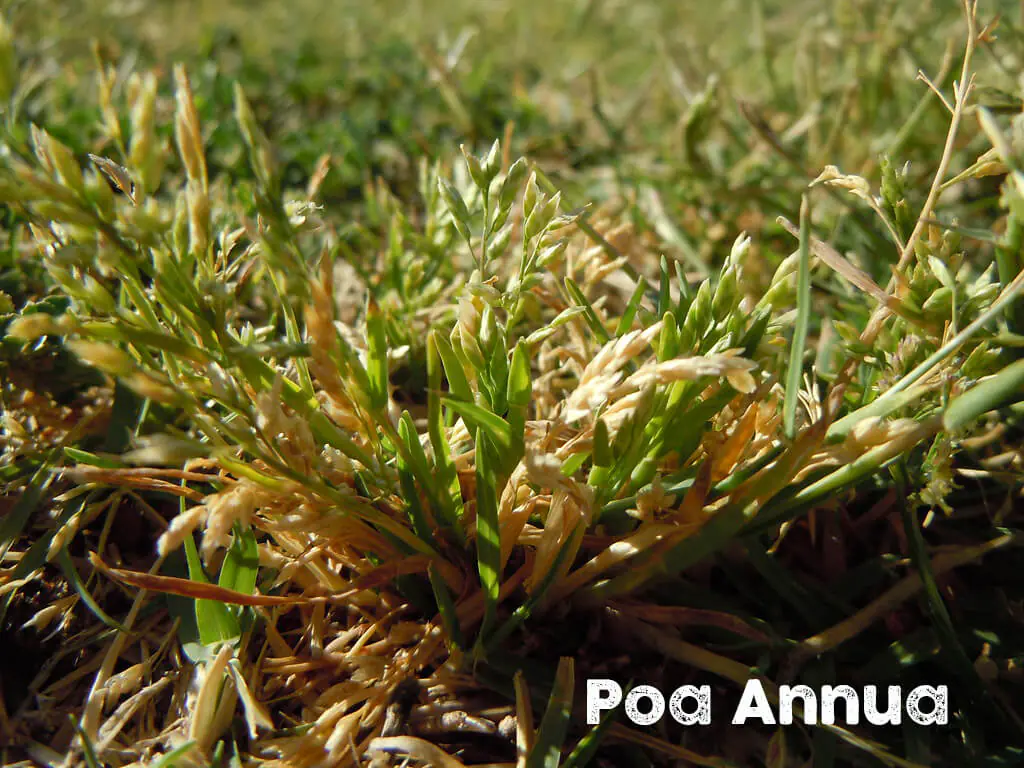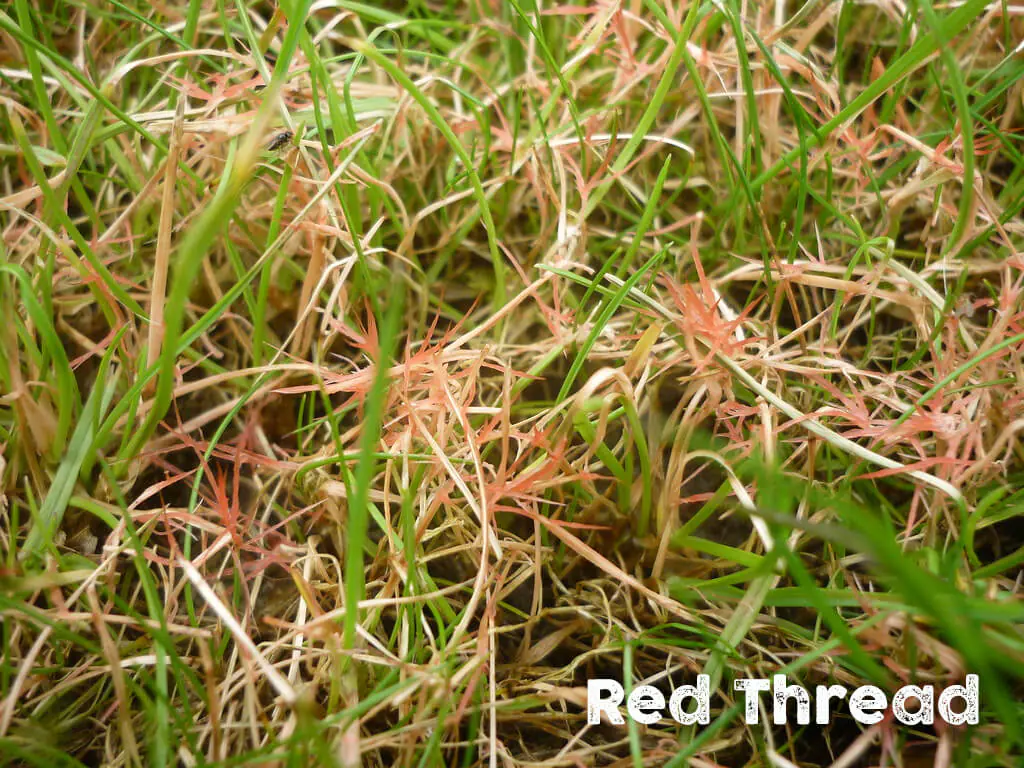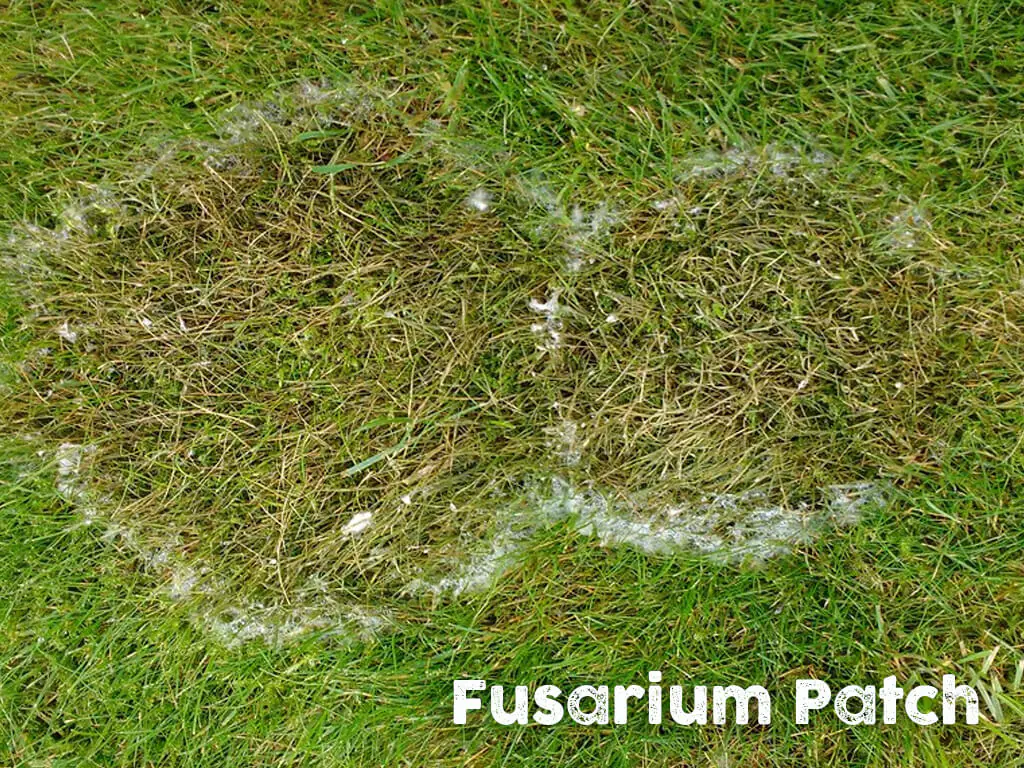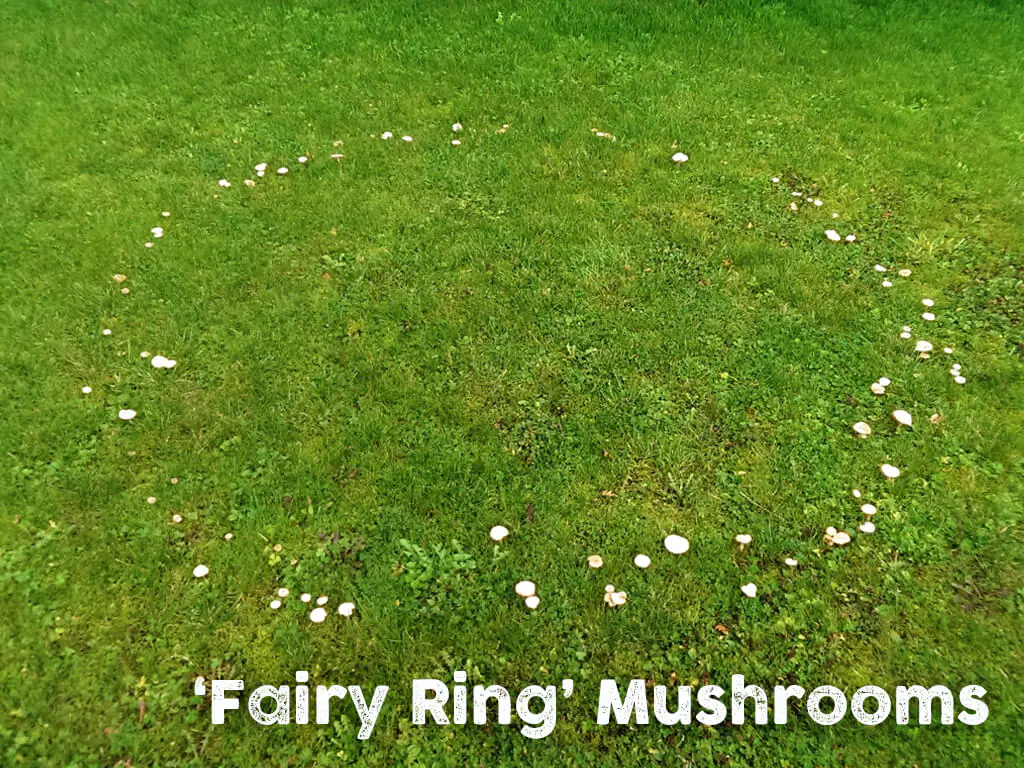What’s going on in my lawn? UK Lawn Care Advice

As the aptly named Grass People, we think we know most of the issues that could crop up on your lawn. So, we’ve gathered the ones we get asked about the most! Hopefully, this information will also help you with UK lawn care and the growing of your grass seed.
Poa Annua (Annual Meadow Grass)
Poa Annua disguises itself as an extremely broad-leafed grass. But once it begins to flower – you can be sure it is anything but. It is weed grass, and it will stick out from the rest of your lawn like a sore thumb as an uninvited guest. Poa Annua seeds can lay dormant for years until they decide to crop up, so there isn’t much you can do in terms of prevention. Applying a pre-emergence weedkiller could unnecessarily damage existing grass, so it's best to tackle this weed when it first appears.
Poa Annua weed grass can make lawn care tricky in the UK
As it is a low-growing weed, you’ll most likely notice darker patches of ‘grass’ in your lawn that appear thicker and will be resilient to a lawn mower. This weed will start to sprout buds that should make it more apparent that it is not welcome on your lawn! As Poa Annua typically grows in clumps, your first action should be to remove it by hand as best you can. This means digging the clump out. After removing this, you may wish to add quality topsoil to level the area out and eradicate any chance of the wretched weed grass returning!

Damping off
Damping off can be caused by various soil-borne fungi, including Pythium, Phytophthora, Rhizoctonia and Fusarium. This will cause seedlings to collapse and decay or ‘damp off’. There are two forms of damping off. Pre-emergence, where seedlings fail to emerge and post-emergence, where seedlings collapse and are often submerged in a white fungal growth.This disease can spread rapidly, so treating the area as soon as possible is best. Unfortunately, there is no cure for seedlings should they become infected. But you can try to avoid sowing seeds too closely together, as this can increase the risk of damping off. Scarification and aeration will also help prevent the fungi from gathering at the roots of grass and plants.
Red Thread
Red Thread is a disease often found in the UK's lawn in late summer and autumn. At first, this looks like bleached patches of grass, which later take on a pink tinge. You will notice small red needle-like growths amongst the grass blades in damper weather, which give the disease its common name. The red thread won’t kill the turf, but it is unsightly until the bleached patches recover. If you notice these symptoms on your lawn, the best course of action is to apply a nitrogen-rich fertiliser.
Red Thread Lawn Care
This is usually enough to deal with the problem. However, there are other remedies available if this is not effective. Scarifying and aerating the lawn will clear the lawn of dead grass and moss and allow for better drainage, reducing the fungus and the chance of re-infection.

Fusarium Patch
Fusarium Patch, sometimes called snow mould, is a common fungal disease that can occur in autumn or early spring after long-lying snow has melted. The first sign that you may have trouble is a small patch of yellowing grass which increases in size to about 1ft across. Multiple patches may form and merge, affecting a large area.Curing this disease can be difficult, so steps should be taken to prevent infection. Avoid walking on the lawn if there is heavy frost or snow on it, spike the turf regularly and don’t apply a nitrogen-rich fertiliser in late autumn and winter.

UK lawn care for garden Pests
Dog Urine
Dog urine can be a real pain in your garden and often damages or kills grass in fairly large patches. Stopping your dog from using his or her own bathroom is likely impractical, but there are more realistic ways to tackle this problem. Keeping moisture on your lawn is the best way to reduce the risk of scorching, similar to when applying fertiliser. Sprinklers should alleviate any threat; during dry spells, turn them on once or twice a day wherever your dog urinates.
Leatherjacket
Leatherjackets are the larvae of flies known as crane flies, commonly referred to as daddy-longlegs. These larvae are tubular and greyish-brown in colour. They dwell in the surface layer of soil and can cause the grass to turn yellow and die. These symptoms are common in lawn diseases, so to distinguish the cause, it is best to lift the affected turf to see if grubs are present. Several species of leatherjacket feed off the roots and stem bases of grass; however, most species of crane fly do not damage plants and assist in the nutrient cycle. Leatherjackets can be biologically controlled using Steinernema feltiae, a nematode watered into the soil in September or early October.
Fertiliser Overdose
Often called fertiliser burn or scorching, this results in the discolouration of grass leaves due to the over-application of fertiliser. The best way to avoid this problem is to ensure fertiliser is watered in correctly and granules dissolve into the soil soon after application. Particular care should be taken in warm, dry weather. If you suspect you have over-fertilised an area, then the best action plan is to scoop up as much excess as possible and apply plenty of water to the area over the next few days. Be careful to avoid a run-off, though, as this can cause significant damage to the environment.
Fairy Ring Mushrooms
Fairy rings refer to the fungal infection that causes circles of dead grass and toadstools to appear on your lawn. The most damaging fairy rings are called Marasmius oreades, which live in the roots of turf and produce toadstools, mainly in late summer and autumn. Most fungi linked with this problem show no symptoms and are only noticeable if toadstools appear. Due to the nature of this group of fungi, the best way to deal with them is to spike the lawn and water regularly. This breaks up the water-repellent properties of the colony and leaves it vulnerable to moisture. Feeding with fertiliser will also strengthen the grass and reduce the threat of infection.

Slime Mould
Funnily enough, slime moulds in your garden are not the same as the ones you may find at the back of your sofa when the kids have concocted one of their latest purple sparkly slime creations! Parents - we salute you. Slime moulds on your lawn can appear very quickly, sometimes overnight. The symptoms vary depending on the particular species; however, the most common look like grey/black pin heads covering the grass blades, a crumbly yellow mass, or a yellowish cushion. The good news is that these moulds do not damage plants and often disappear as quickly as they appear, with no need for control. If the mould is particularly unsightly, a blast of water will disperse it easily.We also have a resource with detailed information on how to control weeds and moss on your lawn. And we have a guide for removing weeds from a newly seeded lawn.Of course, you can contact us if you discover something in your lawn that doesn't sound like anything above. Please send us photos for our experts to identify and provide more information on UK lawn care.